
Virgilijus Alekna – Lithuanian track and field athlete, discus thrower, two-time World and Summer Olympic Games champion, European and national champion, member of the Parliament of the Republic of Lithuania. Born in Terpeikiai village (Kupiškis district) on February 13th, 1972. Studied at Vilnius Pedagogical Institute, Physical Education Academy, worked in the Management Security Department. In 2000, 2004-2006. V. Alekna was elected the best athlete of Lithuania.
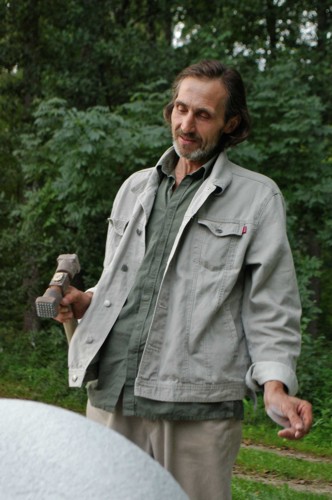
Henrikas Orakauskas – a painter, sculptor, who lived and worked in Kupiškis for 15 years. He was born in Vyžuonos (Utena district) on September 19th, 1948. In 1974, he graduated from Telšiai Art College, specializing in artistic metal processing. From 1974 to 1980 he worked at Vilnius Monument Restoration Trust. Member of the Lithuanian Artists' Union. The artist's creative fields are very diverse: metal, wood and stone sculpture, drawings, graphics, caricature. H. Orakauskas changed the aesthetic and cultural image of Kupiškis by filling the town space with more than 20 various pieces of art. The most popular sculptures: "The World Tree of the Balts", „Lėvuo and Kupa“, "Descending Angel".
Laurynas Gucevičius (1753-1798) – the first professional Lithuanian architect and the most famous representative of Lithuanian classicism. Born in the Migonys village, Kupiškis district. Studied at Kupiškis and Palėvenė schools. A monument was erected in Kupiškis to commemorate L. Gucevičius, and Kupiškis gymnasium and town square were named in his honour.
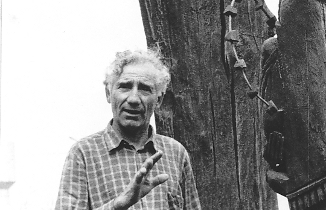
Adomas Petrauskas (1914-2004) – a local historian, museum worker, who devoted his life to collecting ethnographic and historical exhibits. He was born in Uoginiai village, Kupiškis district. The museum he founded in Uoginiai village is a branch of Kupiškis Ethnographic Museum, the main collection of which consists of: exhibits from the departments of Writing, Art, Household Ethnography, and Nature. The museum offers visitors the opportunity to get acquainted with the unique ethnographic and national history of the region and of the whole Lithuania, which is reflected not only in photographs, but also in farm tools and archaeological finds collected by the founder of the museum himself. In 2001, A. Petrauskas was awarded the title of Honorary Citizen of Kupiškis district for the collected and preserved treasures of the region's past.
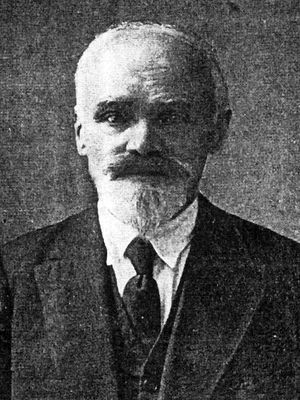
Povilas Matulionis (1860-1932) – the pioneer of forest typology in Lithuania. Born in Kupiškis, in 1889 he graduated from St. Petersburg Forestry Institute. Created the Lithuanian Forest Classification Table, in which forest habitats are divided into 3 groups, 10 species (types). Compiled tables of the volumes of the main Lithuanian tree species, etc. In Kupiškis, the street where he lived and a school were named after him, and a museum named after him was established in his birthplace.
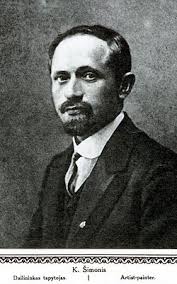
Kazys Šimonis (1887-1978) – self-taught Lithuanian artist, painter, graphic artist, poet. He studied organ playing, was interested in ethnography, history. He created about 2000 works – landscapes, portraits, as well as postage stamps, projects, collected and painted folk art and architectural monuments. A street and a park in Kupiškis were named in honor of K. Šimonis.
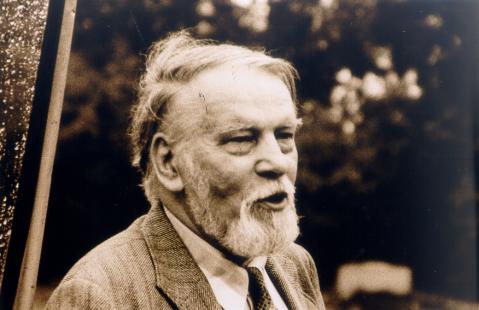
Vytautas Rudokas (1928-2006) – poet, translator. Born in Noriūnai, Kupiškis district. Graduated from the Faculty of History and Philology of Vilnius University. Worked as an editor at the State Fiction Publishing House, executive secretary in the editorial office of "Moksleivis" magazine, poetry consultant of the Lithuanian Writers' Union, and served as an executive secretary of "Pergalė" magazine for 19 years.
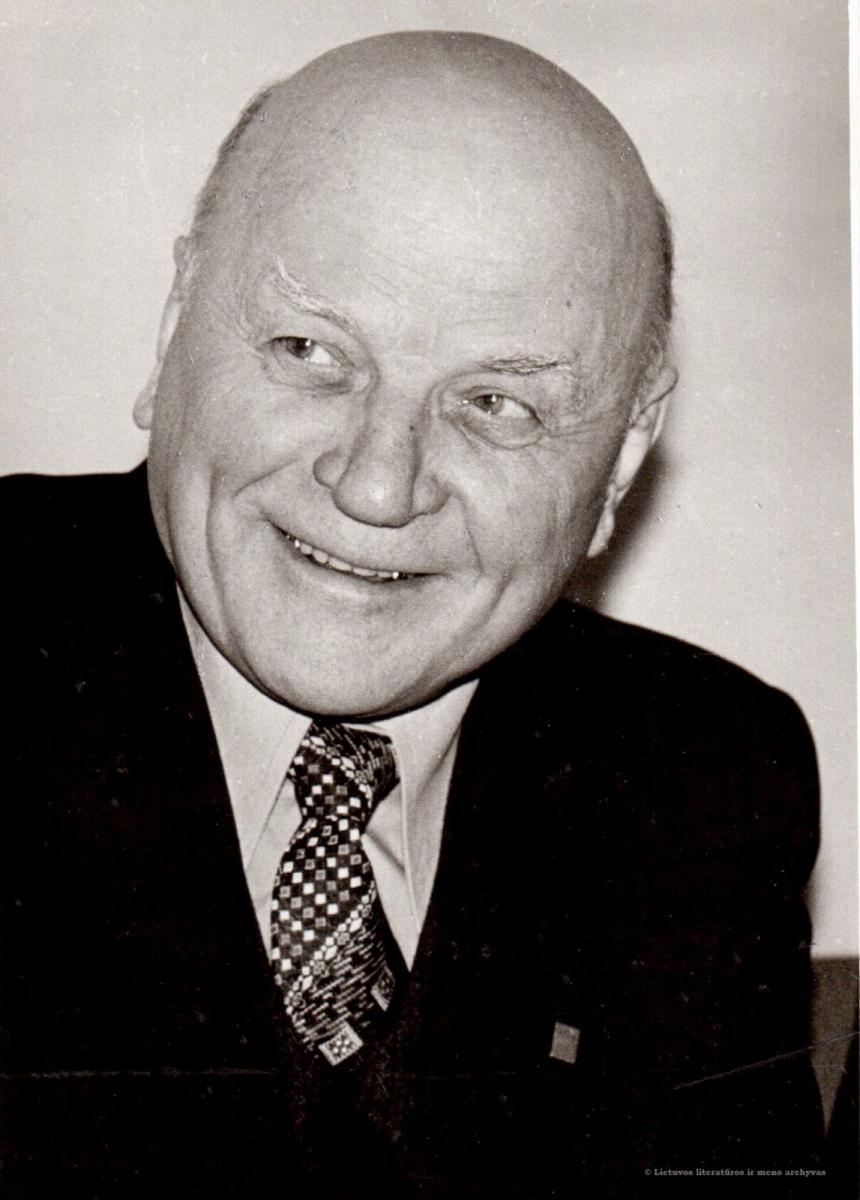
Juozas Baltušis (real name – Albertas Juozėnas) (1909-1991) – Lithuanian writer, prose writer, playwright, political and public figure, whose works made Kupiškis town famous.
.jpg)
Valdemaras Kukulas (1959-2011) – famous poet, literary critic, laureate of the Lithuanian Writers' Union, Antanas Miškinis, Jotvingiai Prizes. Born in Noriūnai, Kupiškis district. Graduated from Kupiškis secondary school, studied at Vilnius University, where he majored in journalism. He began writing very early, while still a student. He published his first book of poems called "Anxiety of the Growth" in 1978.
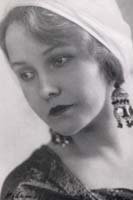
Unė Babickaitė-Graičiūnienė (1897-1961) – a famous actress and director, born in Kupiškis. She studied at Imperial Petrograd Conservatory. A museum has been established in Unė Babickaitė-Graičiūnienė's native homestead in Laukminiškiai village, Kupiškis district. The grave of this famous personality is in Palėvenė, Kupiškis district.
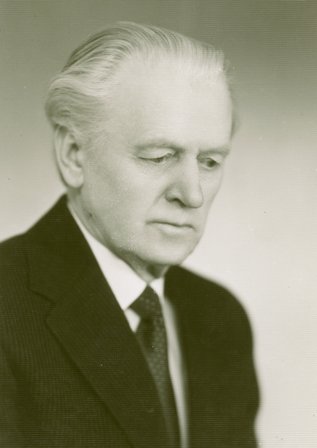
Povilas Zulonas (1912-1996) – director of the play “The Ancient Wedding of Kupiškis Residents”. P. Zulonas expanded the script and introduced strict orders to the rehearsers. P. Zulonas had a beautiful and strong voice. All of P. Zulonas’ movements are truly like the ones of Kupiškis residents, so all the scenes in which Piršlys participates are very vivid.
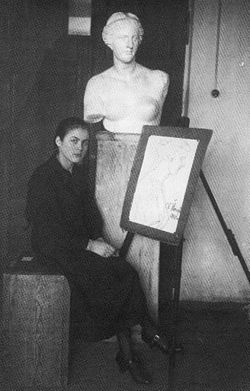
Veronika Šleivytė (1906-1998) – artist, painter, graphic artist, photographer. Born in Antašava town, Kupiškis district. Near Antašava, in Viktariškiai village, there is The Picture gallery of the Painter Veronika Šleivytė.

Elvyra Glemžaitė-Dulaitienė (1893-1958) – educator, ethnographer, local historian. Born in Kupiškis. After she had obtained teacher‘s license in St. Petersburg, she taught in Russia. After she had returned to Lithuania, she also worked as a teacher. Together with her sisters Mikalina and Stefanija, she collected ethnographic material from the Kupiškis area. E. Glemžaitė-Dulaitienė is buried in the Kupiškis cemetery.
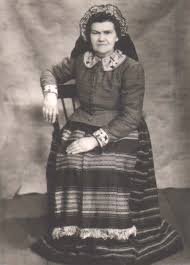
Stefanija Glemžaitė (1885-1974) – midwife, local historian. Born in Kupiškis. While living with her parents, she learned to sew and went to St. Petersburg. She got a job as a domestic seamstress, and attended sewing courses in the evenings. In 1909, she returned to Kupiškis, distributing illegal literature brought by students from Kupiškis. Later she moved to St. Petersburg again, where she graduated from the midwifery school in 1914. In the spring of 1919 she returned to Kupiškis and worked as a midwife. In 1923 she completed additional midwifery courses in Kaunas. In 1924-1925 she equipped and maintained an apartment for women in labor at her parents' house with her own funds. She worked as a midwife in Šimonys, Kaunas, and from 1941 to 1957 in the maternity ward of Kupiškis Hospital. Throughout her life she collected ethnographic exhibits, wrote down folklore and folk medicine customs, and recorded more than 200 folk songs performed in her own voice. Together with her sister Elvyra Dulaitiene she prepared the works: "Pregnancy, childbirth and infant care of rural women".
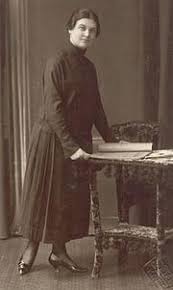
Mikalina Glemžaitė (1891-1985) is a famous Lithuanian ethnographer and educator, who was born in Kupiškis. From 1909 to 1911, she was a teacher at Papilė Primary School, from 1911 to 1914 she taught at Kupiškis and Kybartai schools, and during the First World War, at the primary school of Lithuanian war refugees in Russia. Until 1941, she was a teacher at Kaunas “Aušra” Girls’ Gymnasium, and from 1930, she also taught at the Academy of Agriculture. As an active member of the Šiauliai Eldership, she was deported to the Rešiotai concentration camp (Krasnoyarsk Region) in 1941. Thanks to the President of the Lithuanian Academy of Sciences, J. Matulis and others, she returned to Lithuania in 1946 and started working at group of enterprises “Dailė” in Kaunas. From 1949 to 1958, she was the head of the funds of the Museum of History and Ethnography.
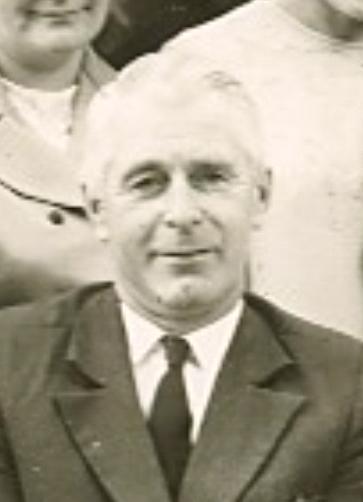
Vladas Zinkevičius (1923-1982) – teacher, choirmaster and organist. V. Zinkevičius performed a great deal of public work. He was the organizer and chief conductor of Kupiškis district song festivals and celebrations, chairman of the district music teaching methodological commission. In 1961 awarded the honorary title of a merited cultural and educational worker.

Petras Zulonas (1910-1982) – a famous Lithuanian actor. Born in Čiovydžiai village, Kupiškis district, graduated from Kuosėnai primary school. He spent 35 years at Vilnius State Theatre. P. Zulonas is a bright personality, as evidenced by the roles he created: J. Marcinkevičius’ “Mindaugas” and others.
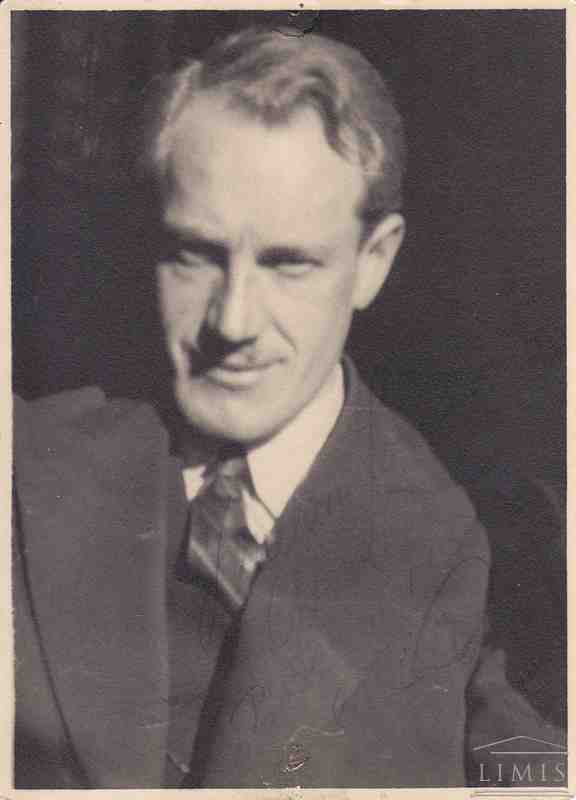
Petras Babickas (1903-1991) – a pioneer of Lithuanian radio journalism, publicist, local historian, writer, photographer, diplomat, traveler, translator. Born in Laukminiškiai (Kupiškis district). P. Babickas – one of the most famous pre-war Lithuanian photographers, who began to prepare photo reports for the press.
Uršulė Tamošiūnaitė (1847-1906) was the first female poet to write in Lithuanian. She was born in Vėžionys, Kupiškis district. She graduated from a secret Lithuanian school. Encouraged by the canon of the Kupiškis church, K. Kuzminas, and the poet A. Baranauskas, she wrote poems in the Kupiškis dialect.
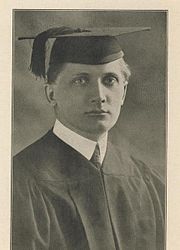
Kleopas Jurgelionis (1886-1963) – famous poet, translator, who was born in Virbališkiai, Kupiškis district. Studied linguistics at University of Krakow. Actively participated in the life of Lithuanians in St. Petersburg, in amateur theater activities. Communicated with linguist Kazimieras Būga. Wrote poems. Translated the operetta "Adam and Eve" into Lithuanian.
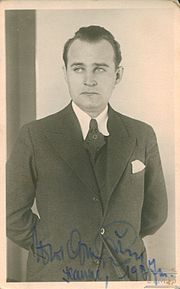
Jonas Graičiūnas (1903-1994) – a famous poet, translator. He was born in a distant land in Tbilisi (Georgia). J. Graičiūnas spent his childhood in Griauželiškiai village (Kupiškis district). He studied in Kupiškis. He studied Lithuanian and Russian at Kaunas University. His first poems were written in Kupiškis dialect. Since 1924, he has published his poems in the periodicals “Naujienos”, “Lietuvos aidas” and others.
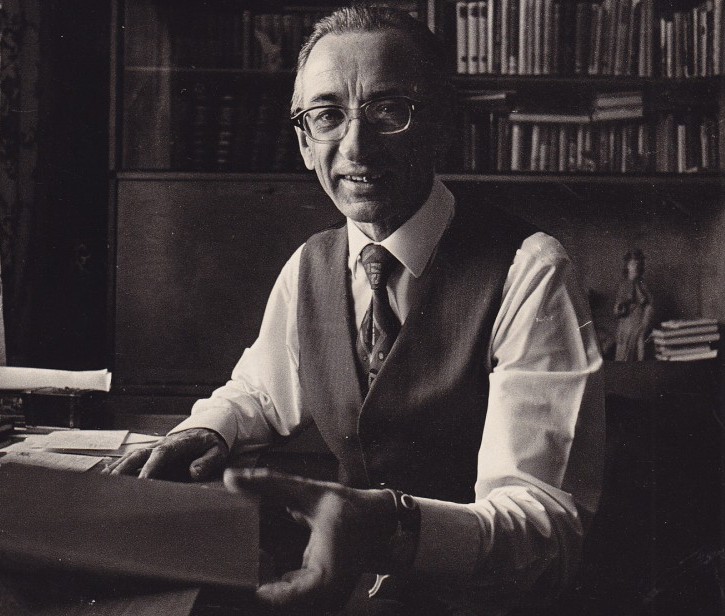
Aleksas Baltrūnas (1925-2001) gimė Kupiškyje. Mokėsi Kupiškio gimnazijoje, baigė Rokiškio gimnaziją ir ten mokytojavo. Studijavo VDU Istorijos-filologijos fakultete, dirbo redakcijose. Išleido apsakymų ir autobiografinių apybraižų knygą „Pavasaris-ruduo“ apie vaikystės ir paauglystės metus Kupiškyje ir Rokiškyje.
Linas Valbasys (1909-2004) was born in Juodpėnai, Kupiškis district. After graduating from the village primary school, he entered Kupiškis progymnasium, but did not finish. He had to flee to Brazil, where he became involved in Lithuanian cultural and political activities. Upon returning to Lithuania, he worked in the editorial office and was accepted into the Lithuanian Writers' Union. In 1979, he was awarded the title of Honored Cultural Worker of the LSSR. Many strophes dedicated to Kupiškis region, his native village of Juodpėnai and its people.
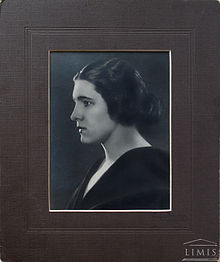
Vincė Jonuškaitė (1901-1997) – Lithuanian singer (mezzo-soprano). Born in Subačius, Kupiškis district. Created 47 roles. Her role of Carmen is one of the most prominent in the history of Lithuanian theater. As a chamber singer, she performed in various countries. She revived and established the tradition of chamber vocal concerts in Lithuania.
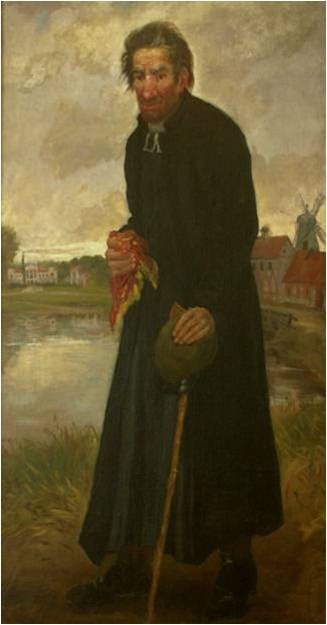
Antanas Strazdas (1763-1833) – Lithuanian clergyman and poet, born in Margėnai, Rokiškis district. There are very few true facts about Strazdas' biography, which is why he has become a semi-legendary figure in the history of Lithuanian literature. He served as a priest in Kupiškis, Subačius, Karsakiškis and other towns.
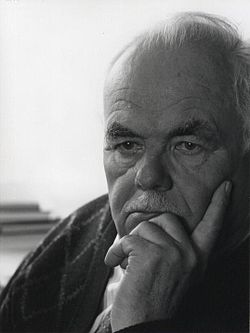
Vytautas Merkys (1929-2012) – historian, priest, one of the most famous researchers of the period of the Lithuanian press ban – habilitated doctor of humanities, professor, academician. Born in Čivų village, Kupiškis district, in 1929. In 1946 he graduated from Kupiškis gymnasium. In Kupiškis, his chaplain was Jonas Ragauskas, who had an influence who influenced his choice of priesthood. During his school years, he was interested in natural sciences and read religious literature.
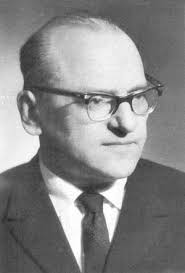
Bronius Dundulis (1909-2000) – one of the most famous researchers of the Napoleonic era in Europe, historian, professor. Born in Gyvakarai village, Kupiškis district. He studied at Gyvakarai primary school, and from 1920 to 1924 at Kupiškis gymnasium. He studied at Vytautas Magnus University, at which time he published the first historical articles about Vytautas' mother Birutė, prof. A. Alekna, and compiled the place names of his native Gyvakarai village (names of fields, meadows, roads, etc.). Later he studied at Sorbonne University, where he got PhD in history in 1940. Later he returned to Lithuania, where he he worked at Vilnius Pedagogical Institute and at the Department of World History of Vilnius University. In 1998, Bronius Dundulis was awarded the Order of the 3rd degree of the Grand Duke of Lithuania Gediminas. In 2009, the 100th anniversary of the birth of Bronius Dundulis was celebrated in Kupiškis.

